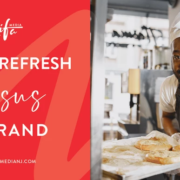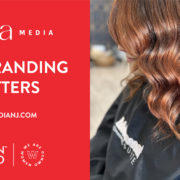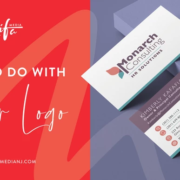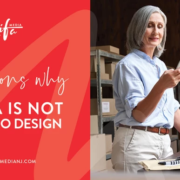Graphic Design Dictionary Print Edition
In this blog post, I’ll explain some common terms used by myself and many other graphic designers.
This edition will be based mainly on printed design work. Next month will be for digital design.
Resolution
This refers to the DPI “Dots per Inch” which means the amount of dots of ink printed per inch of paper. The standard amount for print is 300 DPI. This ensures that your images and content will print crystal clear. Web resolution is much lower which is why grabbing images off of Google will be likely blurry or distorted, especially if you try printing them.
Dimensions
This is an easy one. This is the size of the printed piece. Many times this is often forgotten about by people who aren’t designers. This is one of the first things needed before starting any project. If you change the dimensions, this can change the look and layout of the entire piece, causing more time to revise everything. So be sure before starting anything to figure this out first.
Bleed
Have you ever tried printing something from your home printer and it NEVER goes to the edge of the paper, and there is always a white border? Adding a bleed means extending the design past the dimensions of the finished piece. This then lets the professional printers trim your piece to the correct size allowing your piece to go to the very edge.
Pantone
This is a book of colors that are a standard for matching colors. It’s very important to get your logo in Pantone colors when needing the exact color. A color can look VERY different on screen than print. Having this standard allows you to know that each print will look exactly the same. Please note that this is NOT the same as CYMK or RGB. A fun fact is the name PMS comes from “Pantone Matching System”
Vector Art
One of the most important items to have in vector is your logo. Vector files can be .ai, eps, PDF and SVG. This means that when scaled up or down the file, no matter what size, will retain it’s shape and will be clear and not distorted.
Color Modes
Besides Pantone there is also CYMK and RGB. Each color mode is used for different types of design. CYMK “Cyan, Yellow, Magenta and Black” is used for printing. Did you ever look at the ink inside of a printer? It is made up of these colors. Everything from images needs to be converted so when printed everything will print correctly. RGB on the other end is for digital design. I’ll go over this in my “Digital Edition Blog Post” next month.
Crop Marks
These are the marks that printers use to cut your piece to the correct size. These marks are at each corner of your piece to ensure you get the correct final size.
Dieline
When doing more intricate design such as packaging a dieline is very important. This is the shape of the final piece. A dieline is a layer which should NOT be printed, that depicts all elements including: cut, fold glue marks and more.
Typography: This is the overall generic term which relates to the fonts in your project such as serif and sans serif fonts. Typography has so many components that I’ll do another blog breaking it down more.
High versus low resolution
High resolution means the file is print ready and saved at the best possible setting. The images will appear crisp and not fuzzy. Low Resolution means the file was down-saved. The images will appear blurry/fuzzy. This file is not for printing purposes but used many times to sent to client via email for proofing purposes since it’s a smaller file size.

